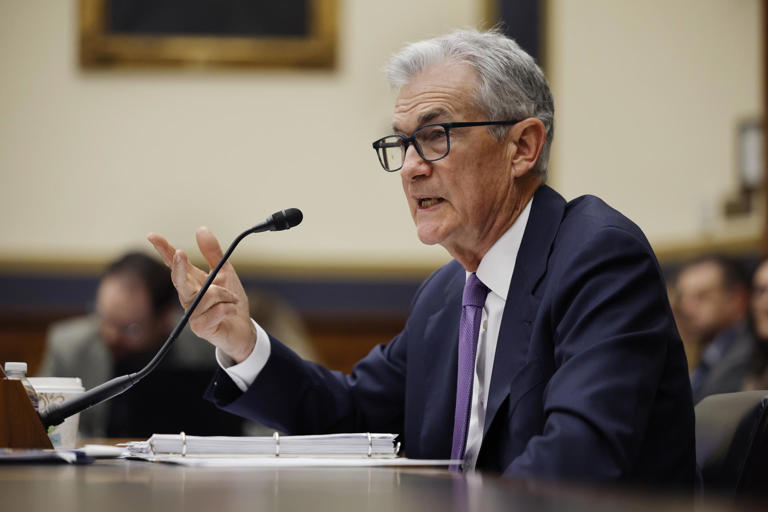In the recent update from the Federal Open Market Committee (FOMC), Chair Jerome Powell articulated a steady course for monetary policy despite the shifting economic landscape, signaling a cautious and deliberate approach. The FOMC’s decision to maintain the federal funds rate within a target range of 5.25 to 5.5% reflects the Committee’s response to recent data indicating a firming in inflation.
This decision was accompanied by subtle adjustments in the language of the FOMC statement, acknowledging the lack of further progress towards the Committee’s 2 percent inflation objective. Despite the challenges posed by inflationary pressures, Powell’s tone remained consistent with previous communications, emphasizing that the current policy settings are likely to remain sufficiently restrictive over time to address these pressures without necessitating further rate increases.
Market reactions to the FOMC’s announcement leaned slightly more dovish, as investors found reassurance in Powell’s adherence to his previous stance on future policy direction. Powell’s remarks during the subsequent press conference further underscored a commitment to patience, allowing more time for the effects of past rate hikes to unfold and permeate through the broader economy.
During the conference, Powell outlined three potential economic scenarios, providing insight into the Committee’s decision-making process. These scenarios ranged from persistent sideways inflation coupled with a strong labor market, suggesting no imminent rate cuts, to a scenario where inflation moderates, potentially paving the way for rate cuts. Notably, Powell refrained from discussing conditions that might necessitate a rate hike, focusing instead on considerations that could lead to maintaining rates or potentially cutting them in the future.
In addition to outlining potential economic scenarios, Powell also addressed the possibility of policy divergence between the FOMC and other central banks. While acknowledging this potential, he downplayed its likely impacts, suggesting that markets have already priced in such moves and that economies have demonstrated resilience and adaptability.
Powell also dismissed suggestions that the upcoming Presidential election would influence the FOMC’s policy decisions, emphasizing the importance of making accurate economic forecasts independent of political considerations. This stance underscores the Committee’s commitment to data-driven decision-making and the pursuit of economic stability irrespective of external factors.
Overall, Powell’s communication of economic scenarios impacting future rate decisions reflects a nuanced and forward-looking approach to monetary policy, aimed at balancing the need to address inflationary pressures with a commitment to supporting economic growth and stability.
